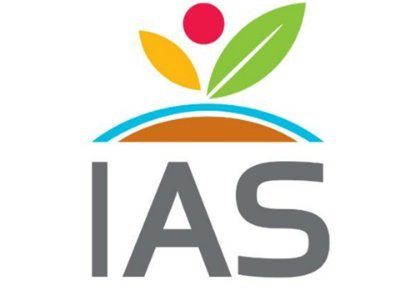Authors: Valenzuela, Francisco Jose; Reineke, Daniela; Leventini, Dante; Chen, Christopher Cody Lee; Barrett-Lennard, Edward G.; Colmer, Timothy D.; Dodd, Ian C.; Shabala, Sergey; Brown, Patrick; Bazihizina, Nadia
Abstract
Background
Soil salinity, in both natural and managed environments, is highly heterogeneous, and understanding how plants respond to this spatiotemporal heterogeneity is increasingly important for sustainable agriculture in the era of global climate change. While the vast majority of research on crop response to salinity utilizes homogeneous saline conditions, a much smaller, but important, effort has been made in the past decade to understand plant molecular and physiological responses to heterogeneous salinity mainly by using split-root studies. These studies have begun to unravel how plants compensate for water/nutrient deprivation and limit salt stress by optimizing root-foraging in the most favourable parts of the soil.
Scope
This paper provides an overview of the patterns of salinity heterogeneity in rain-fed and irrigated systems. We then discuss results from split-root studies and the recent progress in understanding the physiological and molecular mechanisms regulating plant responses to heterogeneous root-zone salinity and nutrient conditions. We focus on mechanisms by which plants (salt/nutrient sensing, root-shoot signalling and water uptake) could optimize the use of less-saline patches within the root-zone, thereby enhancing growth under heterogeneous soil salinity conditions. Finally, we place these findings in the context of defining future research priorities, possible irrigation management and crop breeding opportunities to improve productivity from salt-affected lands.
Read the full paper here.





